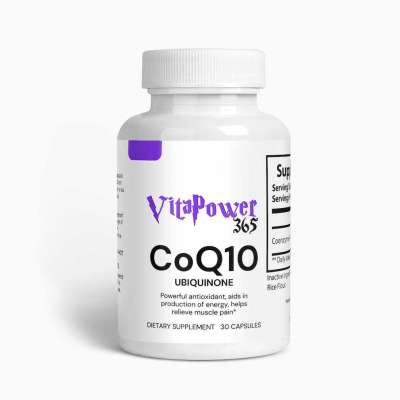Lighting and Shading in OpenGL: Advanced Techniques for Stunning Visual Assignments
When it comes to creating realistic and visually compelling graphics, mastering lighting and shading in OpenGL is essential. For students working on complex visual assignments, understanding these advanced strategies can make a significant difference. This blog will delve into sophisticated techniques for implementing lighting and shading in OpenGL, ensuring your projects stand out with high-quality visuals.
1. Understanding the Basics of Lighting and Shading
Before diving into advanced techniques, it's crucial to grasp the fundamentals of lighting and shading. In OpenGL, lighting models like Phong, Blinn-Phong, and Gouraud are commonly used. Each model has its own way of calculating how light interacts with surfaces, affecting the final appearance of your graphics.
Phong Shading: Offers a more realistic rendering by interpolating normals across the surface and performing per-pixel lighting calculations.
Blinn-Phong Shading: An enhancement over Phong shading that uses a halfway vector, providing better performance while maintaining visual quality.
Gouraud Shading: Calculates vertex normals and interpolates the colors across the surface, which can be less accurate but faster for real-time applications.
2. Implementing Advanced Lighting Techniques
To achieve realistic lighting effects, incorporating advanced techniques can significantly enhance your visuals.
Deferred Shading: This technique involves rendering geometry information to multiple textures (G-buffers) and then applying lighting in a separate pass. This method is highly efficient for scenes with multiple light sources and complex geometry.
Physically Based Rendering (PBR): PBR models the interaction of light with materials based on physical properties, leading to more accurate and realistic rendering. It includes concepts like Fresnel-Schlick approximation and Cook-Torrance BRDF.
High Dynamic Range Rendering (HDR): HDR improves the quality of lighting by allowing a wider range of intensity values. This technique is particularly useful for scenes with varying light sources and exposure levels.
3. Shading Techniques for Enhanced Realism
Shading techniques play a critical role in achieving lifelike visuals. Here are some advanced shading strategies:
Shadow Mapping: This technique involves rendering the scene from the perspective of the light source to create a depth map. Shadows are then applied to the final render based on this map. Variants like Percentage-Closer Filtering (PCF) can be used to soften shadow edges.
Screen Space Reflections (SSR): SSR improves visual realism by reflecting scene elements on surfaces, considering only what is visible in the screen space. This technique enhances the interaction between objects and their environment.
Environment Mapping: This technique simulates reflections by mapping an environment texture onto surfaces. Cubemaps are commonly used for creating reflections of the surrounding environment.
4. Optimizing Performance and Quality
When working on advanced OpenGL projects, balancing performance and quality is crucial. Consider these tips:
Use Efficient Data Structures: Implementing efficient data structures like Vertex Buffer Objects (VBOs) and Vertex Array Objects (VAOs) can help manage and render complex scenes more efficiently.
Leverage GPU Capabilities: Modern GPUs have advanced features for lighting and shading calculations. Utilize shaders and compute capabilities to offload processing from the CPU.
Optimize Resource Management: Minimize state changes and resource bindings during rendering to reduce overhead and improve performance.
5. Seeking Expert Assistance
Navigating advanced lighting and shading techniques can be challenging, especially when dealing with complex visual assignments. If you find yourself struggling with your OpenGL projects, seeking professional help can be beneficial. At Programming Homework Help, we offer specialized OpenGL assignment help to assist you with implementing advanced strategies, optimizing performance, and achieving stunning results.
Our experts are well-versed in advanced OpenGL techniques and can provide guidance tailored to your specific needs. Whether you need help with shaders, lighting models, or performance optimization, we’re here to support your academic success.
Conclusion
Mastering advanced lighting and shading techniques in OpenGL is essential for creating realistic and visually captivating graphics. By implementing sophisticated strategies and optimizing performance, you can enhance the quality of your visual assignments. If you need assistance with your OpenGL projects, don’t hesitate to reach out for expert help to ensure your work meets the highest standards.
Refernce: https://www.programminghomewor....khelp.com/blog/light












